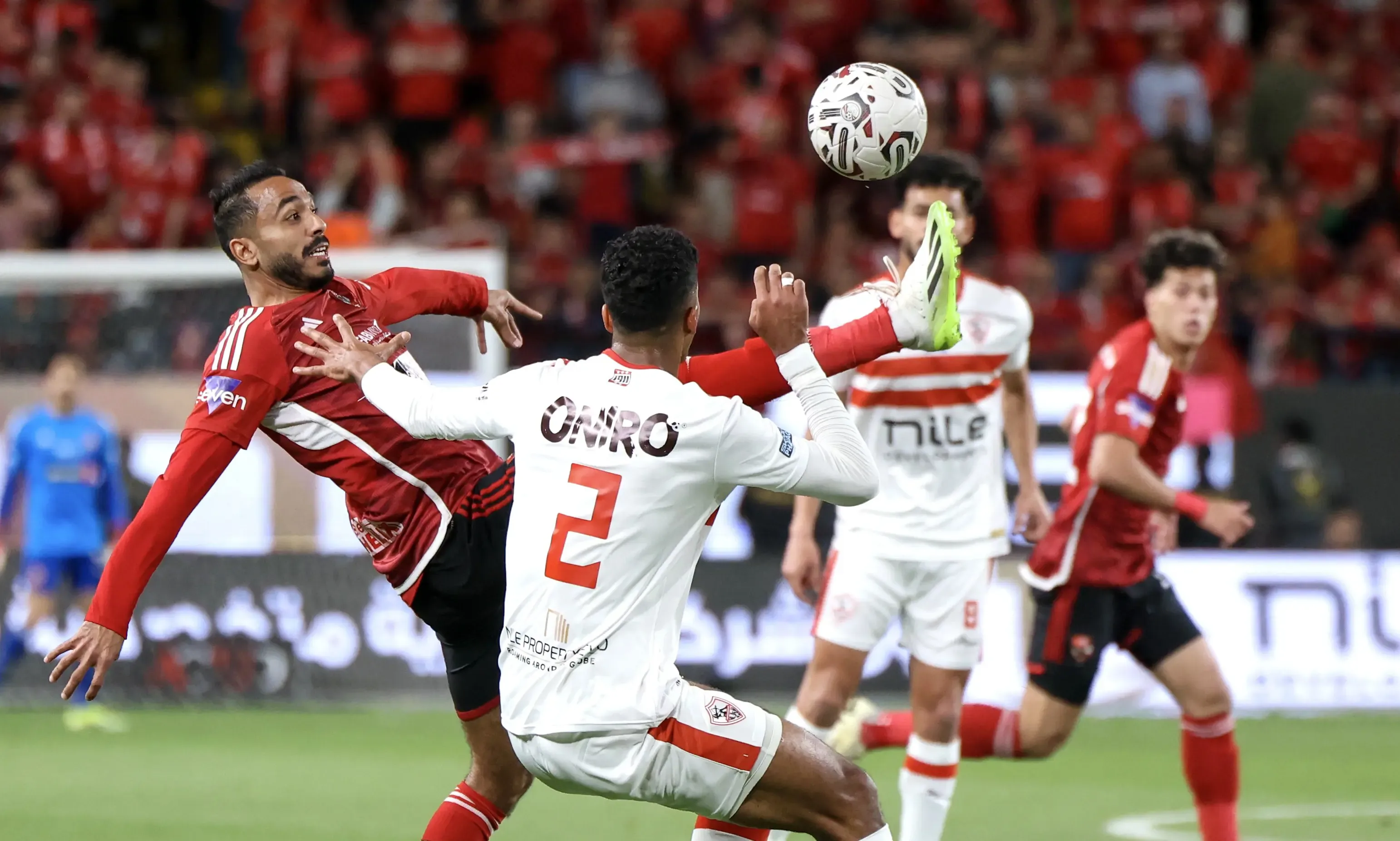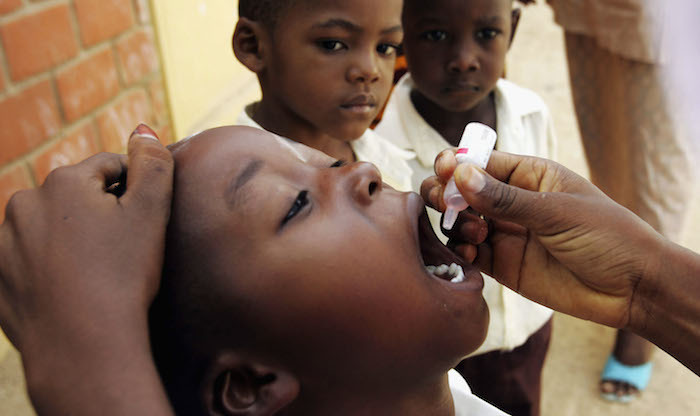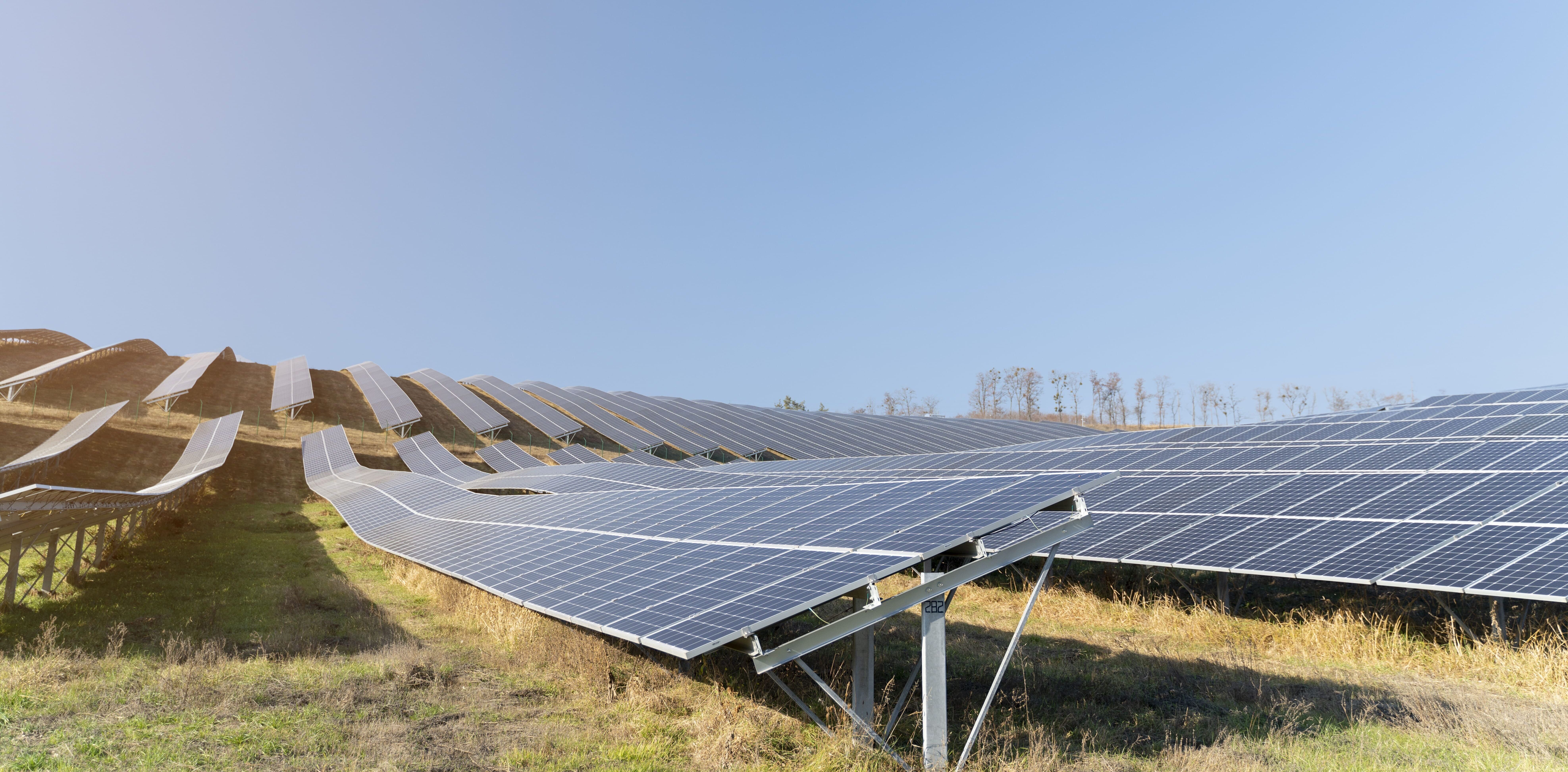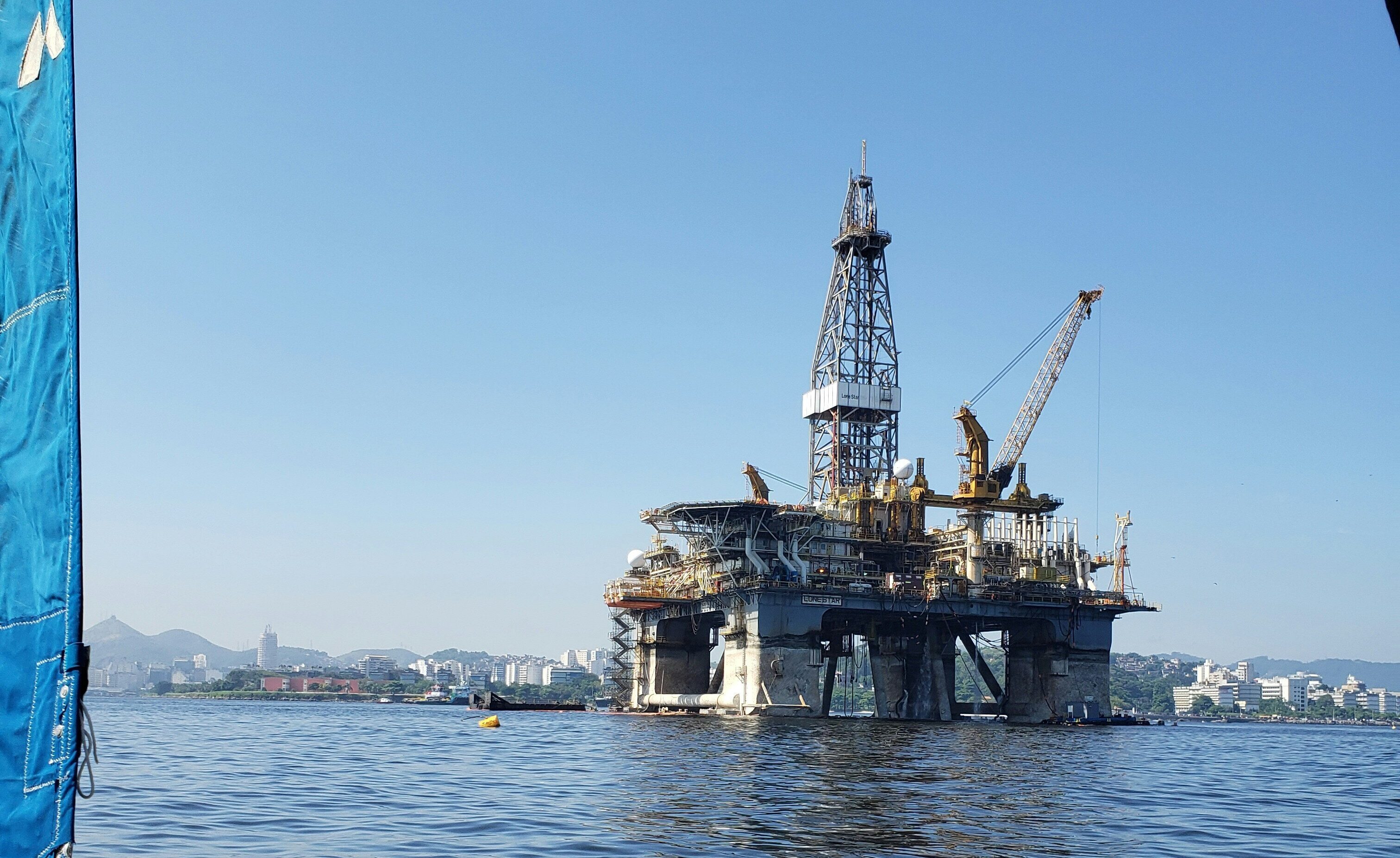Across Africa, football derbies do more than entertain; they mobilise cities, drive grassroots economies, and serve as cultural touchstones. From Lagos to Soweto, Kumasi to Cairo, matchdays are woven into the fabric of culture in an urban life setting. But their true potential as sustainable, community-based economic ecosystems remains untapped.
In the Basque Country of Spain, football is inseparable from regional identity. When Real Sociedad faces Athletic Club in their storied derby, history, pride, and politics collide. Players like Nigeria’s Mutiu Adepoju and Ghana’s Inaki Williams link Africa to these European spectacles. But Africa does not need to borrow narratives of tradition and spectacle; it has its own, pulsing through cities and towns, rich with passion and possibility.
Lagos: The Economic Heartbeat of a Football Festival
In the 1980s, Lagos, Nigeria’s Challenge Cup (today’s Federation Cup) was not just a football tournament. It was a cultural spectacle brought to urban lifestyles. When Enugu Rangers, IICC Shooting Stars of Ibadan, Raccah Rovers of Kano, and Stationery Stores of Lagos reached the semifinals, the city became electric. Fans arrived in night buses from every region. Markets buzzed, vendors thrived, and stadiums roared.
For many, the match was not even watched live. It was heard, felt, and imagined through the golden voices of broadcasters like Ernest Okonkwo and Sebastian Offurum. These games fuelled radio culture, inspired youth, and moved money. And while the immediate economic impact was clear, sales, transport, hospitality - the deeper significance was what it said about how sport can shape cities.
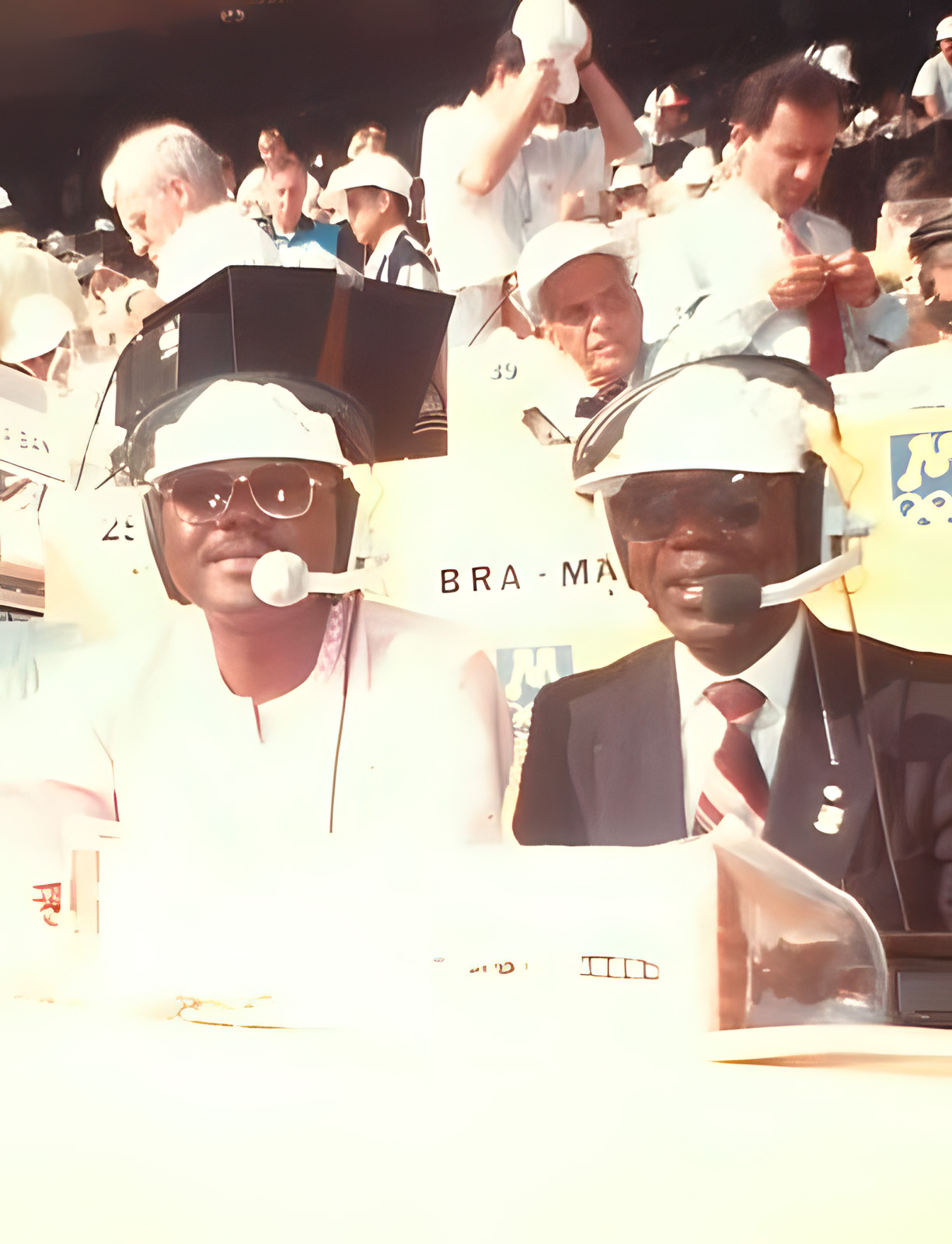
Nigeria’s Regional Derbies: Identity Meets Infrastructure
Today, Nigeria’s domestic derbies continue to reflect its socio-cultural diversity. The Northern Derby between Kano Pillars and El Kanemi Warriors turns Sani Abacha Stadium into a sea of emotion. The Oriental Derby, featuring Enyimba, Rangers International, and the historical Spartans of Owerri, locks down cities like Aba and Owerri in week-long anticipation.
These are not just fixtures on a schedule; they are triggers for economic activity. Informal vendors line the streets. Hotels fill. Local governments boost security and transport. But to transition from flashpoint commerce to sustainable growth, these events need consistent policy attention, investment in infrastructure, and the security to guarantee public confidence.
Soweto: A Derby of Scale—and a Warning
South Africa’s Soweto Derby between Kaizer Chiefs vs. Orlando Pirates remains one of the continent’s most commercially developed. With over 90,000 fans at FNB Stadium and millions tuning in via satellite, it is a pan-African spectacle. Public transport is reorganised. Local bars and businesses thrive. Merchandise sales soar.
Yet with scale comes complexity. Crowd management, environmental strain, and infrastructural overload often expose weaknesses in planning. The derby’s commercial success is undeniable, but its long-term sustainability depends on city-wide strategies; green transport, safety protocols, and investment in local services.
Pan-African Perspectives: Derbies that Move Nations
Across the continent, local rivalries are central to civic life:
- In Ghana, Asante Kotoko vs. Accra Hearts of Oak transcends sport, binding Kumasi, and Accra in shared anticipation.
- Kenya’s “Mashemeji Derby” between AFC Leopards and Gor Mahia transforms Nairobi into a citywide carnival.
- Egypt’s Al Ahly vs. Zamalek is more than a game; it is a generational ritual with deep political and historical undertones.
- North African clashes like USM Alger vs. MC Alger or Casablanca’s Raja vs. Wydad; fuse pride, protest, and performance in electric stadiums.
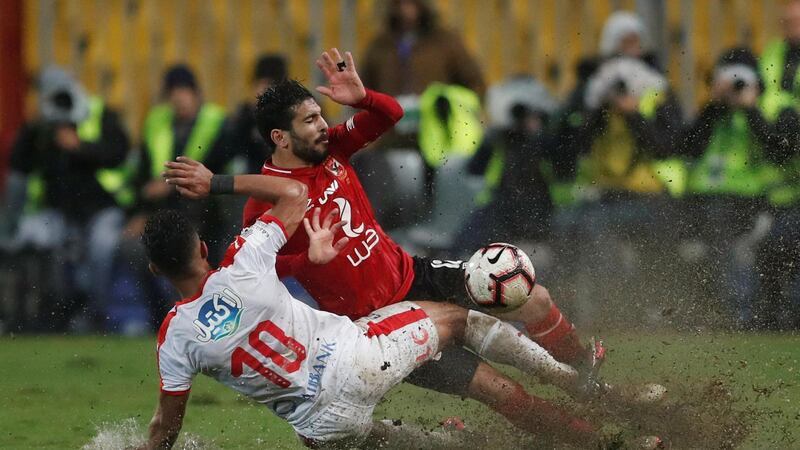
In each case, these matches activate entire urban systems. Commerce, transportation, tourism, and even municipal operations respond to Derby Day. But what they often lack is the structural support to convert episodic spikes into lasting growth.
Sustainability: Not a Trend, but a Necessity
The word “sustainability” often feels overused in sport. But in the African context, it is existential. Derbies offer jobs; formal and informal, unite fractured communities and elevate local talent
The word “sustainability” often feels overused in sport. But in the African context, it is existential. Derbies offer jobs; formal and informal, unite fractured communities and elevate local talent. They have the power to fund youth leagues, inspire environmental reform in transport systems, and create scalable micro-businesses.
However, without infrastructure, planning, and inclusive governance, the same energy can turn dangerous. South Africa has seen crowd control fines. Nigeria has suffered pitch invasions. Passion must be matched with preparation.
A Living Tradition Deserving Investment
European derbies often come wrapped in television rights and commercial sheen. African derbies, by contrast, are visceral, local, and rooted in memory. A father brings his son. A vendor doubles her income. A city pauses. It is a form of communal identity-building that cannot be bought, but it can be lost without care.
What African football needs is not just more money, but smarter investment. Sustainable stadia, green transport systems, improved safety protocols, and policy frameworks that protect and grow the informal economies thriving on matchdays.
Africa’s derbies are more than 90-minute dramas. They are reflections of community, symbols of resilience, and potential engines of inclusive growth. If responsibly managed, they can help anchor urban economies and strengthen civic identity.
The soul of African football is already sustainable. What remains is the will to build the structures around it.

